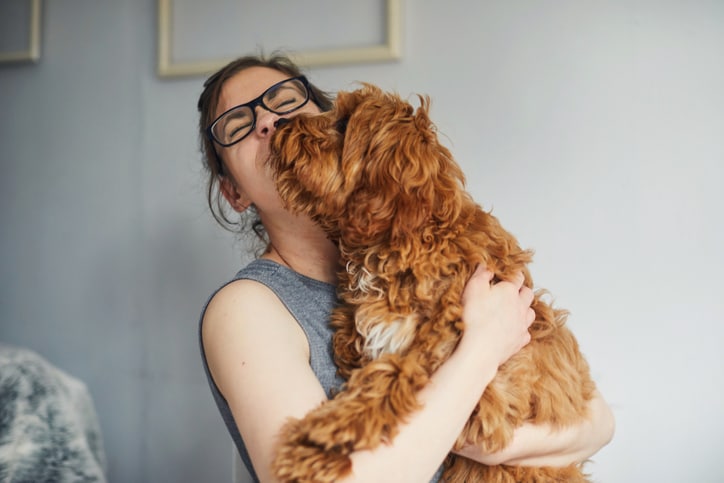Your job search as a pet sitter was successful and now the furry family member is going to be in your care.
Here are top tips on building a good bond with your new charge:
1. Familiarise yourself with the animal’s personality
The family has likely told you about the character of the animal and any quirks they may have. Hopefully, you have had the opportunity to get acquainted during a trial meeting. However, it is only through spending long periods of time together that you will begin to form a bond.
Dog sitter tip: Build the relationship through activities
As a dog sitter, it is best to build a bond with the dog through activities. This can be done by playing with the dog, going for a long walk in a park, forest or on a dog beach. Watch how the dog behaves in different situations. Until you are comfortable with their behaviour and can anticipate how they will react to certain situations, you should keep them on a leash.
Cat sitter tip: Don’t force it
Cats generally do not like change, so it’s not uncommon for the animal to be shy and timid at first. As a cat sitter, you should be particularly careful and patient so you don’t scare the cat. Let them decide when to approach and get close to you. Accept that not all cats are cuddly and have a desire to be pet.
2. Interpret their body language
To create a bond between you and the animal you are caring for, it is important to understand the basic expressions of the animal’s body language. While cats and dogs obviously cannot communicate with words, their body language sends us signals that must be interpreted correctly.
Dog sitter tip: Interpret the signals
Misinterpreting dog language can lead to unpleasant, if not dangerous, situations. This is one of the most common causes of accidents when it comes to dogs. Contrary to popular belief, tail wagging is not always a sign of friendliness, but one of general excitement. This can be positive or negative. To correctly interpret the dog’s body language, dog sitters should pay attention to more than a single signal (e.g. bark or growl) and look at them in conjunction with the dog’s character.
Cat sitter tip: Understand cat language
In cat language, staring is a threatening gesture. Avoid looking the cat straight in the eye and blink more often instead. This will send a signal saying, “I am friendly to you.” When the cat is relaxed and in a good mood, they will show this by lying comfortably on their side or back. It is better not to stroke their stomach as most cats don’t like that and will make it clear by scratching and biting. When the cat rubs their head against your hand or legs, that is an invitation to pet them. However, raised ears, a flapping tail and an arched back are signs of aggression and an indication that the cat is better left alone.
3. Treat the animal respectfully
Petting and playing with the pet is perhaps the most fun aspect of being a pet sitter. It also can strengthen your bond with the dog or establish trust with the cat. It is a good idea to not stroke only one side of the animal but to consciously spread it out. Positively encourage the animal by talking to them in a gentle and calm voice.
Dog sitter tip: Find the balance between rules and play
The dog should consider you a leader and a reliable partner whom they can trust. Talk to the dog’s owners to make sure there is consistency in the rules that are set. Do the owners not allow their dog to sleep in their bed? Then you should also insist that the dog does not make themselves comfortable there. Thankfully, playtime is just as important as setting rules. Play regularly with the dog and reward good behaviour with a small treat.
Cat sitter tip: Make regular visits
Usually, you will look after the cat at the family home and drop by several times a day to take care of it. You can use this time to feed the cat, give them fresh water and clean the litter box. If the cat has gotten used to you and is displaying affection, you can pet and play with them. Some cats also love to be brushed. Ask the family beforehand if the cat likes to be brushed.
